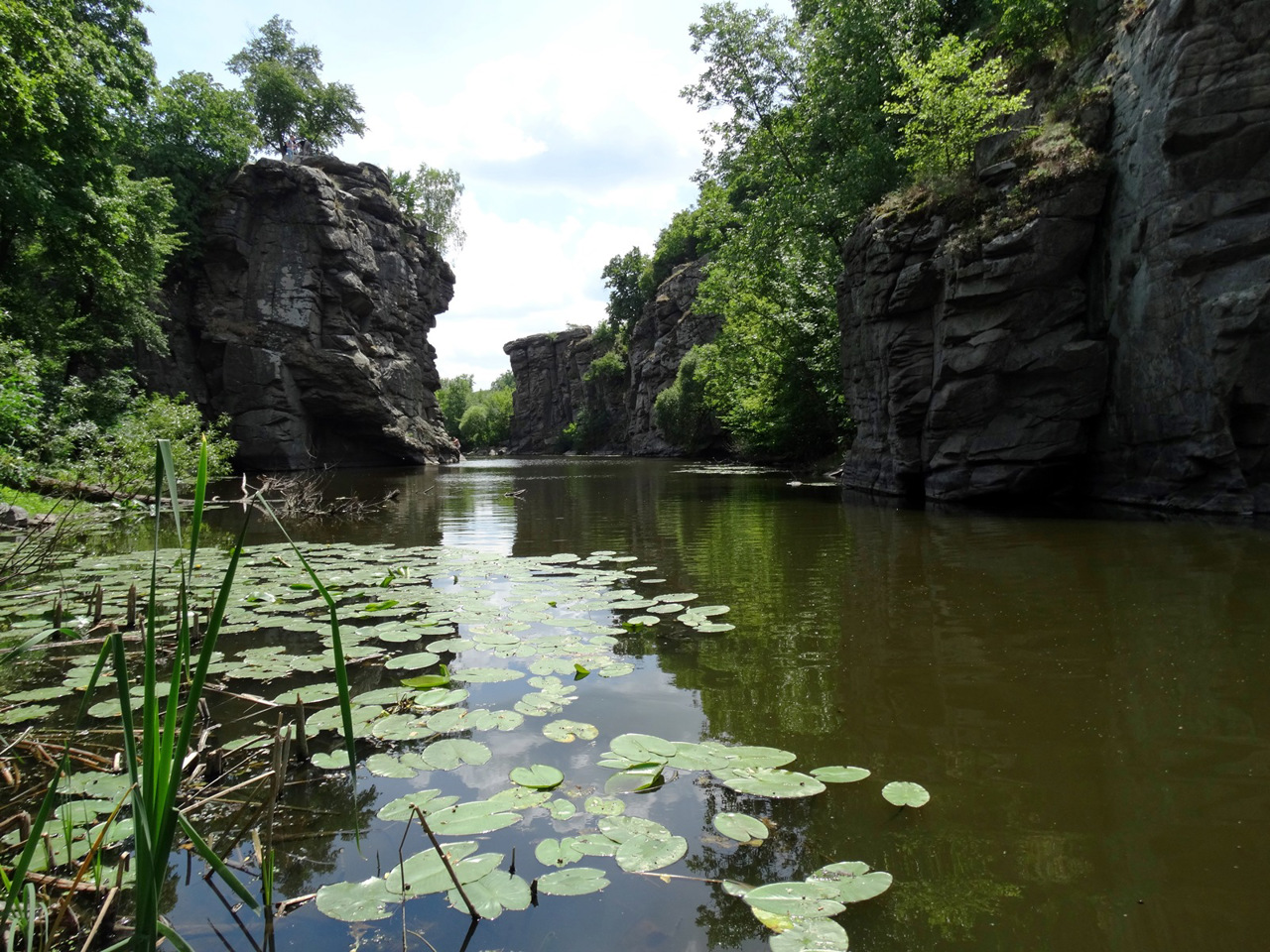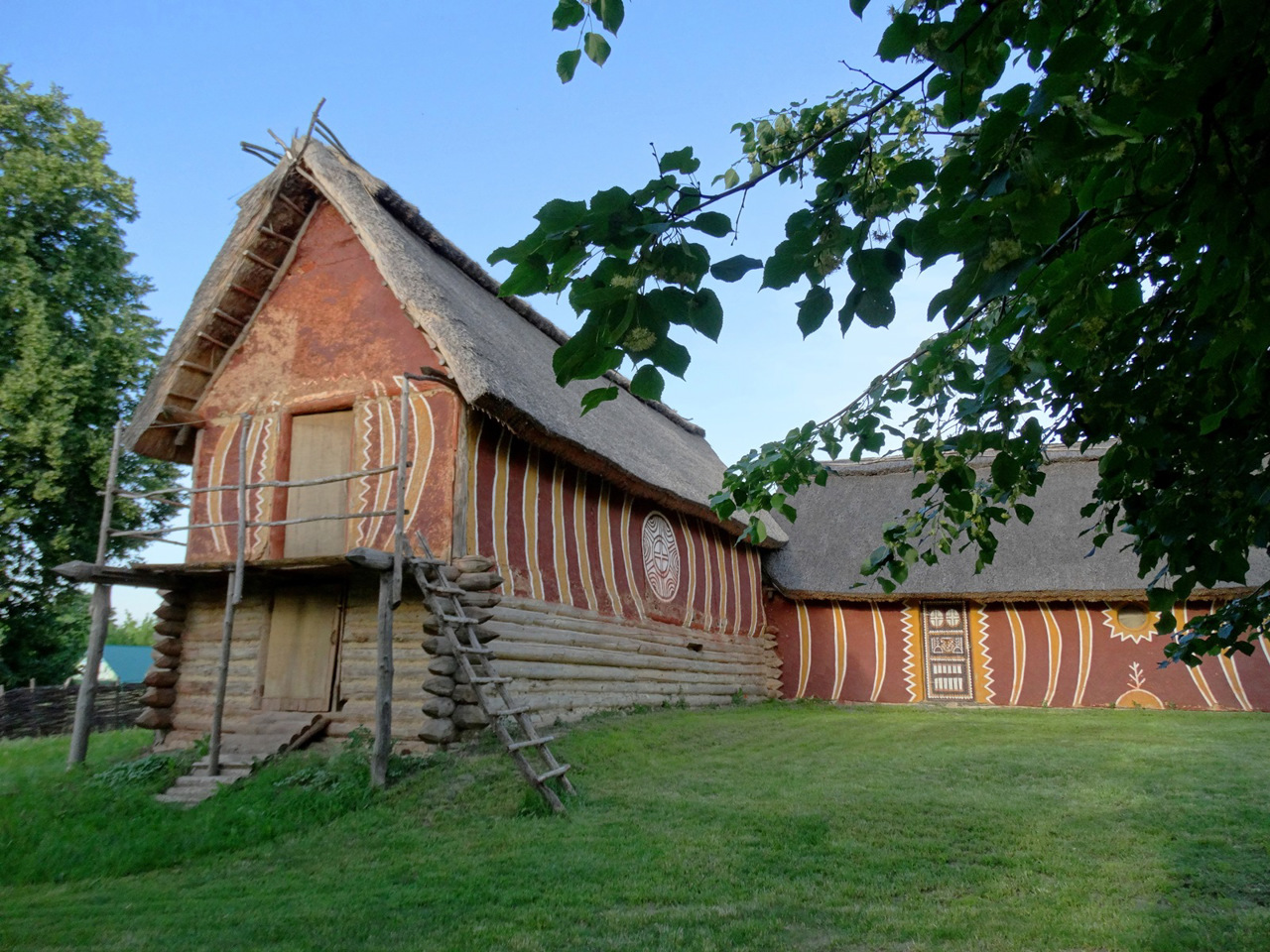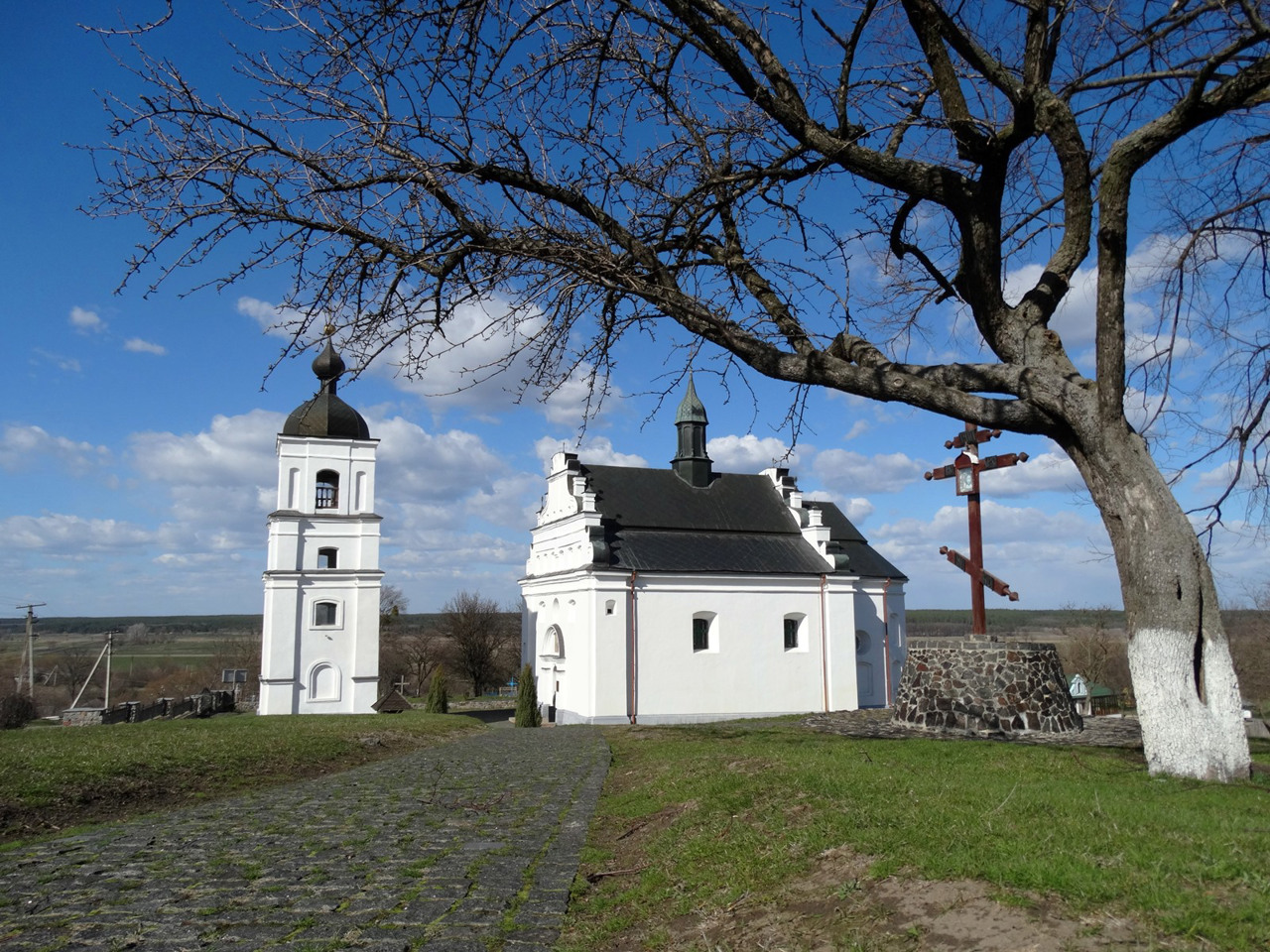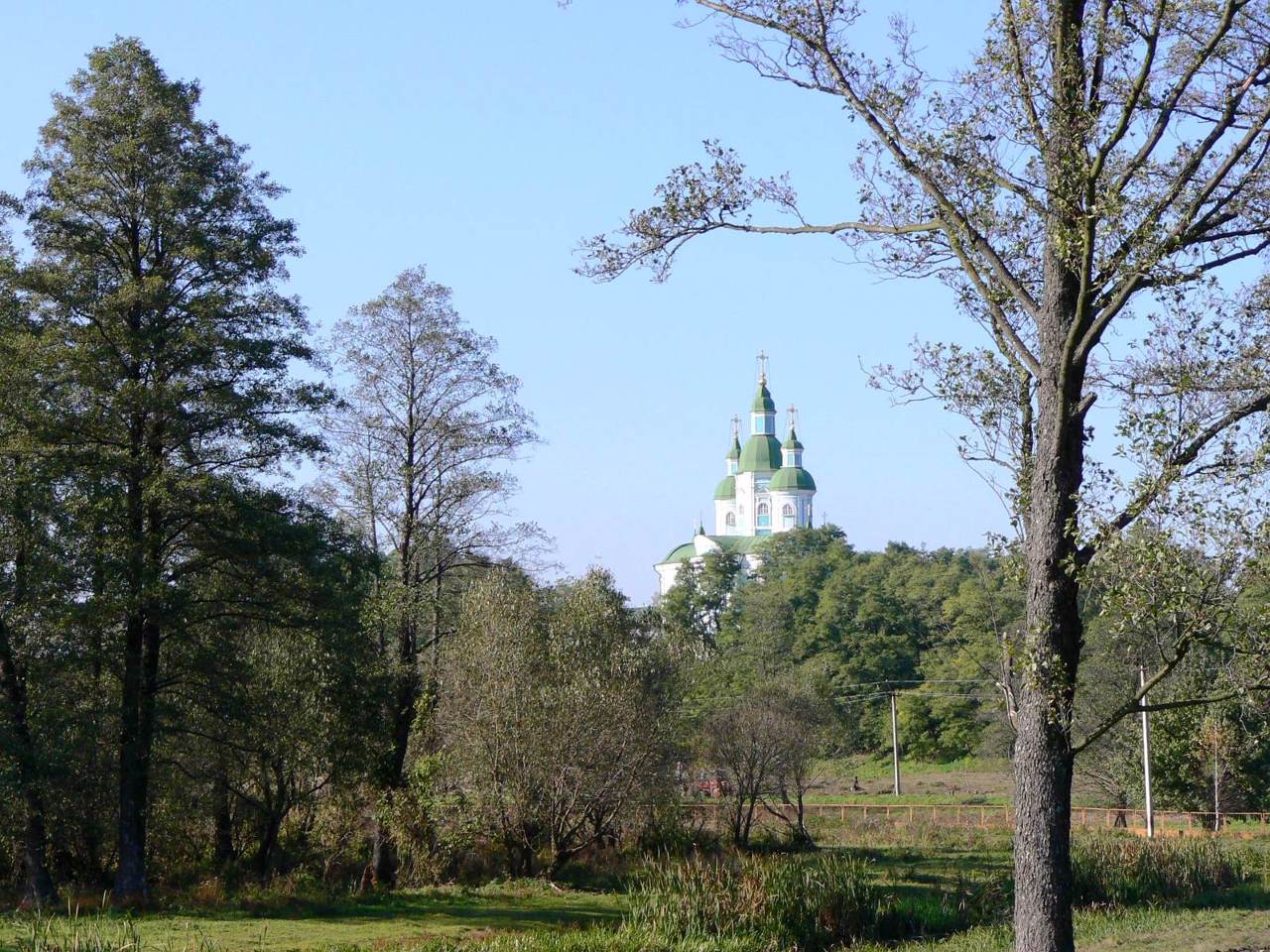Functional temporarily unavailable
Settlements
Cherkasy region
Cities and villages of
Cherkasy region
Online travel guide to the settlements of
Cherkasy region

Districts of Cherkasy region
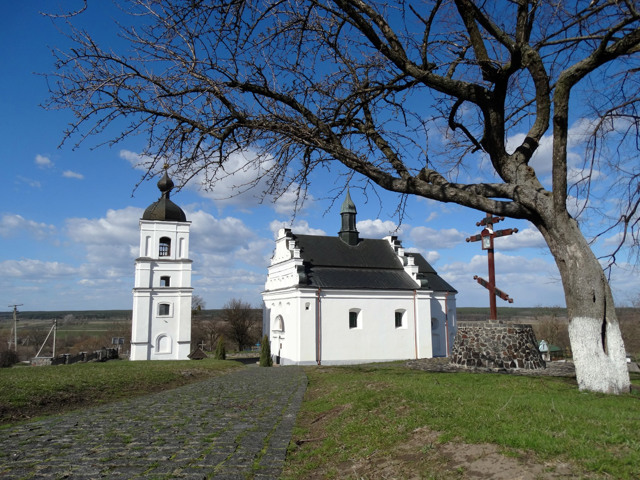
Cherkasy district
Cherkasy district is located in the central part of Cherkasy region, in the historical and ethnographic region of the Middle Dnieper. The Dnipro River flows within the district with the Kaniv Reservoir and the Kremenchug Reservoir, into which the Ros and Vilshanka rivers flow here. Near the village of Moshny, where the Moshnogorsky ridge lies, there is a natural monument &qu... Read more
Cherkasy district is located in the central part of Cherkasy region, in the historical and ethnographic region of the Middle Dnieper. The Dnipro River flows within the district with the Kaniv Reservoir and the Kremenchug Reservoir, into which the Ros and Vilshanka rivers flow here. Near the village of Moshny, where the Moshnogorsky ridge lies, there is a natural monument "Moshenskaya dibrova" and the unique in architecture Spaso-Preobrazhenskaya church.
Kaniv Nature Reserve on the right bank and floodplain islands of the Dnieper borders the Shevchenkivsky National Reserve on Chernecha Hill in Kaniv, where the famous Ukrainian poet and artist Taras Shevchenko is buried. The Kholodny Yar tract, the historical monuments of which are part of the Chyhyryn National Historical and Cultural Reserve, is soon to receive the nature protection status. Also part of the reserve: Castle Hill and the residence of Hetman Bohdan Khmelnytsky in Chyhyryn, the Church of St. Elijah and the estate of Khmelnytsky in Subotov, and others. The nature and historical monuments of the Trakhtemir Peninsula are protected at the same time by the private regional landscape park "Trakhtemir" and the State Historical and Cultural Reserve "Trakhtemir". An outstanding architectural monument is the Lopukhin Palace in the Korsun-Shevchenko Park. Kamyansk State Historical and Cultural Reserve in the Decembrist Park was established on the territory of the former Davidov estate, where Peter Tchaikovsky and Alexander Pushkin visited.
The administrative center of Cherkasy district is the regional center, the city of Cherkasy. With the left bank of the Dnieper, the city connects the bridge with the longest dam in Ukraine. The area of the district is 6882 square kilometers. The population of the district exceeds 600 thousand people.
Cherkasy district includes 244 settlements, which are united in 26 territorial communities: Horodyshche, Kamyansk, Kaniv, Korsun-Shevchenkivska, Smilyanska, Cherkasy, Chyhyryn city, Balakleivska, Bereznyakivska, Bilozirska, Bobrytska, Budyshche, Leskiv , Medvedivska, Mykhailivska, Mliivska, Moshnivska, Nabutivska, Rotmistrivska, Ruskopolyanska, Sagunivska, Stepanetska, Stepankivska, Ternivska, Chervonoslobodska rural territorial communities.
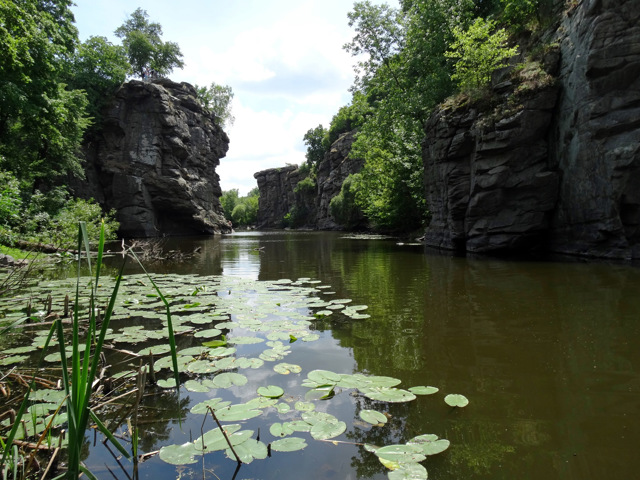
Uman district
Uman district is located in the south-western part of Cherkasy region, in the historical and ethnographic region of the Middle Dnieper. The rivers Yatran and Gorsky Tikich flow within the district. The rocky canyon of the Mountain Tikich and the waterfall Vyr in the village of Buki are very popular with tourists.
The administrative center of Uman district is the histor... Read more
Uman district is located in the south-western part of Cherkasy region, in the historical and ethnographic region of the Middle Dnieper. The rivers Yatran and Gorsky Tikich flow within the district. The rocky canyon of the Mountain Tikich and the waterfall Vyr in the village of Buki are very popular with tourists.
The administrative center of Uman district is the historic city of Uman, which is known primarily for the dendrological park "Sofiyivka", founded in the late XVIII century. Count Stanislaw Szczeński Potocki for his wife Sophia. There are also such historical and cultural monuments as the Basilian Monastery, St. Nicholas Cathedral, the Church of the Assumption, the men's gymnasium and more. The tomb of one of the founders of Hasidism, Tzaddik Rabbi Nachman of Bratslav, is a place of mass pilgrimage for Hasids from around the world, and the surrounding neighborhoods are called "Little Jerusalem." A monument to the leaders of the anti-Polish uprising of Haydamaks Maksym Zalizniak and Ivan Honta was erected in memory of Koliivshchyna. The newest tourist attractions are the park "Nova Sofiyivka" and the complex of light and music fountains "Pearl of Love".
Other tourist locations of the district: Dakhovsky Palace in Leskovo, Zhashkiv Horse Factory, goat farm and cheese factory "Baby Goats". At the sources of radon mineral waters near Mankivka there is a balneological resort "Akvadar".
The area of the district is 4527 square kilometers. The population of the district reaches 257 thousand people.
The Uman district includes 199 settlements, which are united into 12 territorial communities: Zhashkiv, Monastyryshche, Uman, Khrystyniv city, Babanska, Butska, Mankivska settlements, Bashtechkivska, Dmytrushkivska, Ivankivska, Ladyzhynska, Molodetska, Palanar.
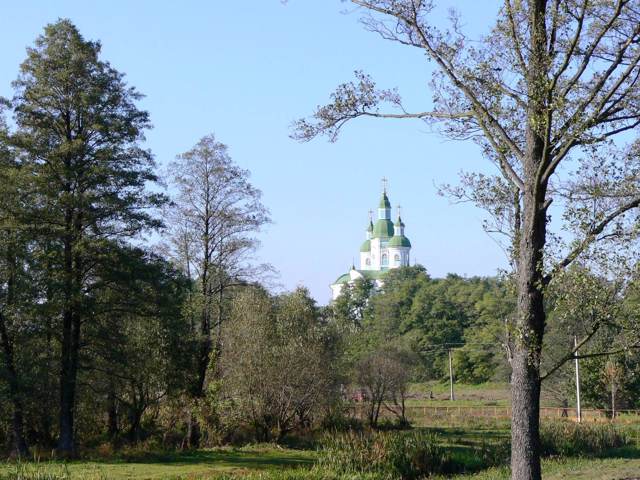
Zolotonosha district
Zolotonosha district is located in the north-eastern part of Cherkasy region, in the historical and ethnographic region of the Middle Dnipro. The south-western border runs along the Dnipro and Kremenchug reservoirs, and the eastern - along the mouth of the Sula, which is the territory of the Sula Landscape Reserve. Other objects of the nature reserve fund of national importa... Read more
Zolotonosha district is located in the north-eastern part of Cherkasy region, in the historical and ethnographic region of the Middle Dnipro. The south-western border runs along the Dnipro and Kremenchug reservoirs, and the eastern - along the mouth of the Sula, which is the territory of the Sula Landscape Reserve. Other objects of the nature reserve fund of national importance are the Lipiv Ornithological Reserve and Velyko-Burimsky Park. There are such historical and cultural monuments as the Krasnogorsk Monastery, the Assumption Cathedral in Zolotonosha, the Holy Trinity Church in Helmyazov.
The administrative center of Zolotonosha district is the city of Zolotonosha. The area of the district is almost 4250 square kilometers. The population of the district reaches 142 thousand people.
Zolotonosha district includes 186 settlements, which are united into 11 territorial communities: Zolotonosha city, Drabiv, Chornobayev village, Velykohutirska, Voznesenska, Helmyazivska, Zoriv, Irkliiv, Novodmytrivska, Pishchanska, Shramkivska rural territories.
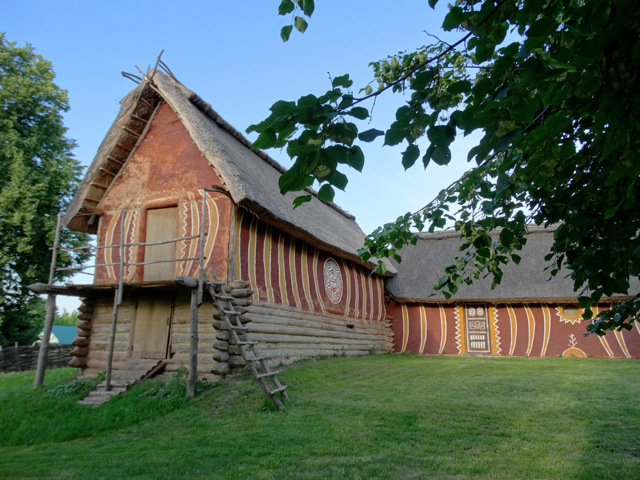
Zvenyhorod district
Zvenygorod district is located in the central part of Cherkasy region, in the historical and ethnographic region of the Middle Dnipro. Here is the officially recognized geographical center of Ukraine. The rivers Ros, Vilshanka, Gorsky Tikich and Gnily Tikich flow within the district. The last two merge here with the river Velyka Vys, along which the southern border of the di... Read more
Zvenygorod district is located in the central part of Cherkasy region, in the historical and ethnographic region of the Middle Dnipro. Here is the officially recognized geographical center of Ukraine. The rivers Ros, Vilshanka, Gorsky Tikich and Gnily Tikich flow within the district. The last two merge here with the river Velyka Vys, along which the southern border of the district passes, and together they form the river Sinyukha.
Archaeological monuments of all times are widely represented in the district, starting from the world's largest Trypillia settlements, which are explored by the State Historical and Cultural Reserve "Trypillia Culture" in Legedzyno. A monument of the Early Iron Age is the Scythian settlement near Zhurzhyntsi, which is called "Cossack Wall", it is also a complex natural monument of national importance. An outstanding architectural monument is the Shuvalov Palace on the territory of Talnivsky Park, a monument of landscape art of national importance.
The outstanding Ukrainian poet and artist Taras Shevchenko was born and spent his childhood in Zvenyhorodshchyna. The Ivan Nechuy-Levytsky Literary Memorial Museum operates in Steblev.
The administrative center of Zvenygorod district is the city of Zvenigorodka. The area of the district reaches 5280 square kilometers. The population of the district exceeds 200 thousand people.
Zvenygorod district includes 242 settlements, which are united in 17 territorial communities: Vatutinska, Zvenygorodska, Talnivska, Shpolyanska city, Vilshanska, Yerkivska, Katerynopilska, Lysyanska, Steblivska settlements, Buzhanska, Vynogradska, Vodyanitska, Lypianska, Mokrokalygirska, Selyshchenska, Shevchenkivska rural territorial communities.
